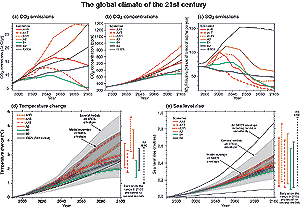
Figure 5: The global climate of the 21st century will depend on natural changes and the response of the climate system to human activities.
Climate models project the response of many climate variables – such as increases in global surface temperature and sea level – to various scenarios of greenhouse gas and other human-related emissions. (a) shows the CO2 emissions of the six illustrative SRES scenarios, which are summarised in the box on page 18, along with IS92a for comparison purposes with the SAR. (b) shows projected CO2 concentrations. (c) shows anthropogenic SO2 emissions. Emissions of other gases and other aerosols were included in the model but are not shown in the figure. (d) and (e) show the projected temperature and sea level responses, respectively. The “several models all SRES envelope” in (d) and (e) shows the temperature and sea level rise, respectively, for the simple model when tuned to a number of complex models with a range of climate sensitivities. All SRES envelopes refer to the full range of 35 SRES scenarios. The “model average all SRES envelope” shows the average from these models for the range of scenarios. Note that the warming and sea level rise from these emissions would continue well beyond 2100. Also note that this range does not allow for uncertainty relating to ice dynamical changes in the West Antarctic ice sheet, nor does it account for uncertainties in projecting non-sulphate aerosols and greenhouse gas concentrations. [Based upon (a) Chapter 3, Figure 3.12, (b) Chapter 3, Figure 3.12, (c) Chapter 5, Figure 5.13, (d) Chapter 9, Figure 9.14, (e) Chapter 11, Figure 11.12, Appendix II